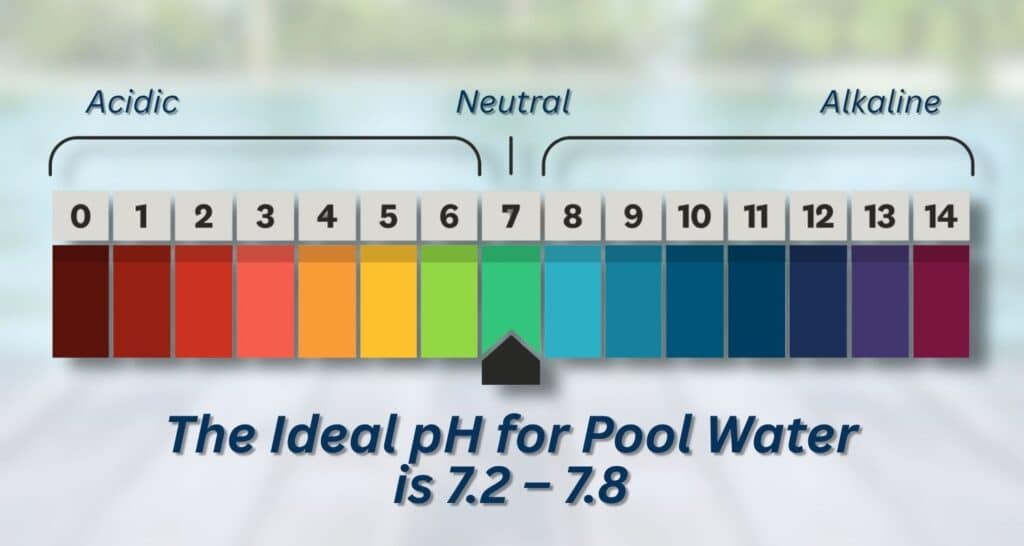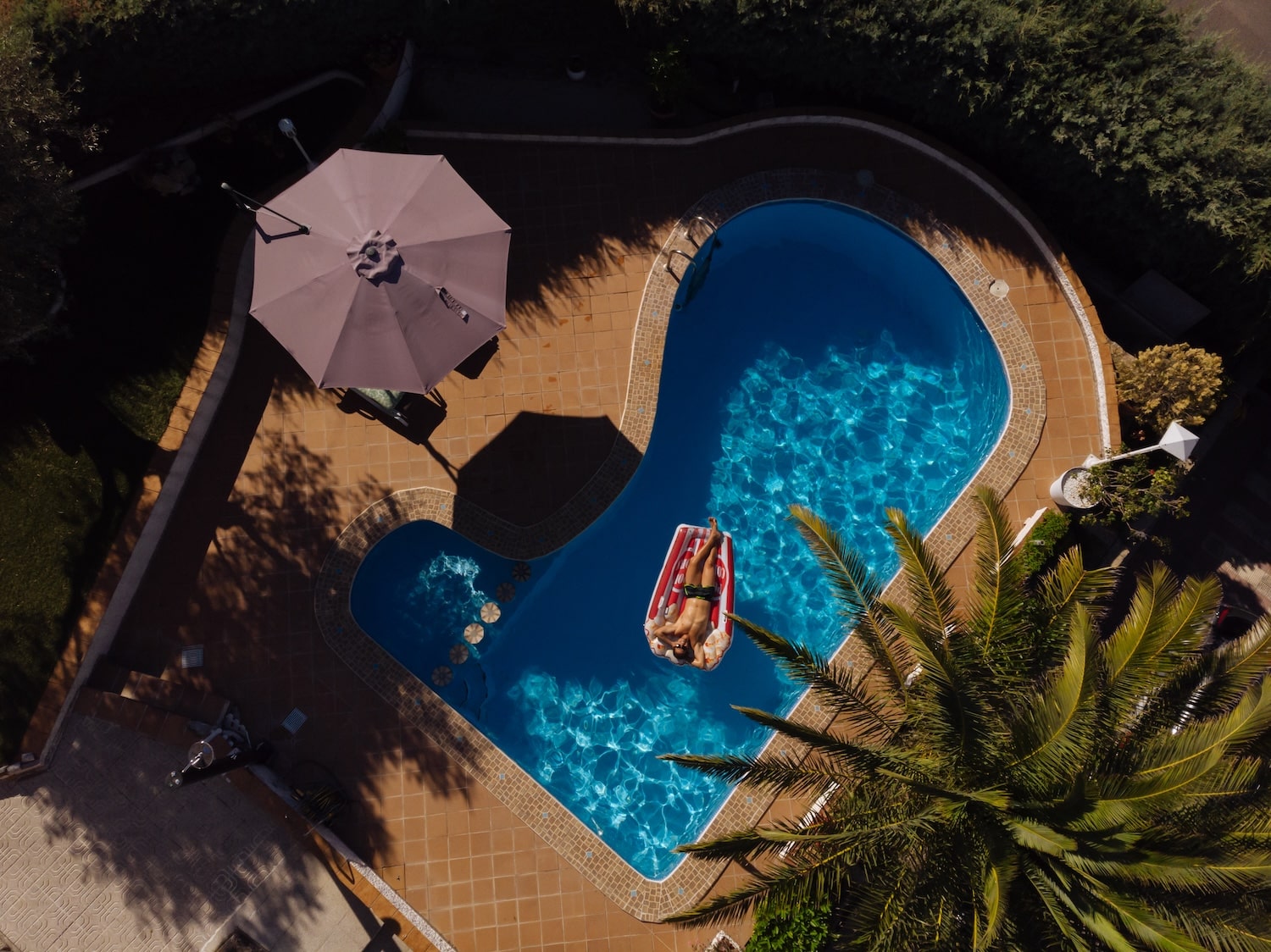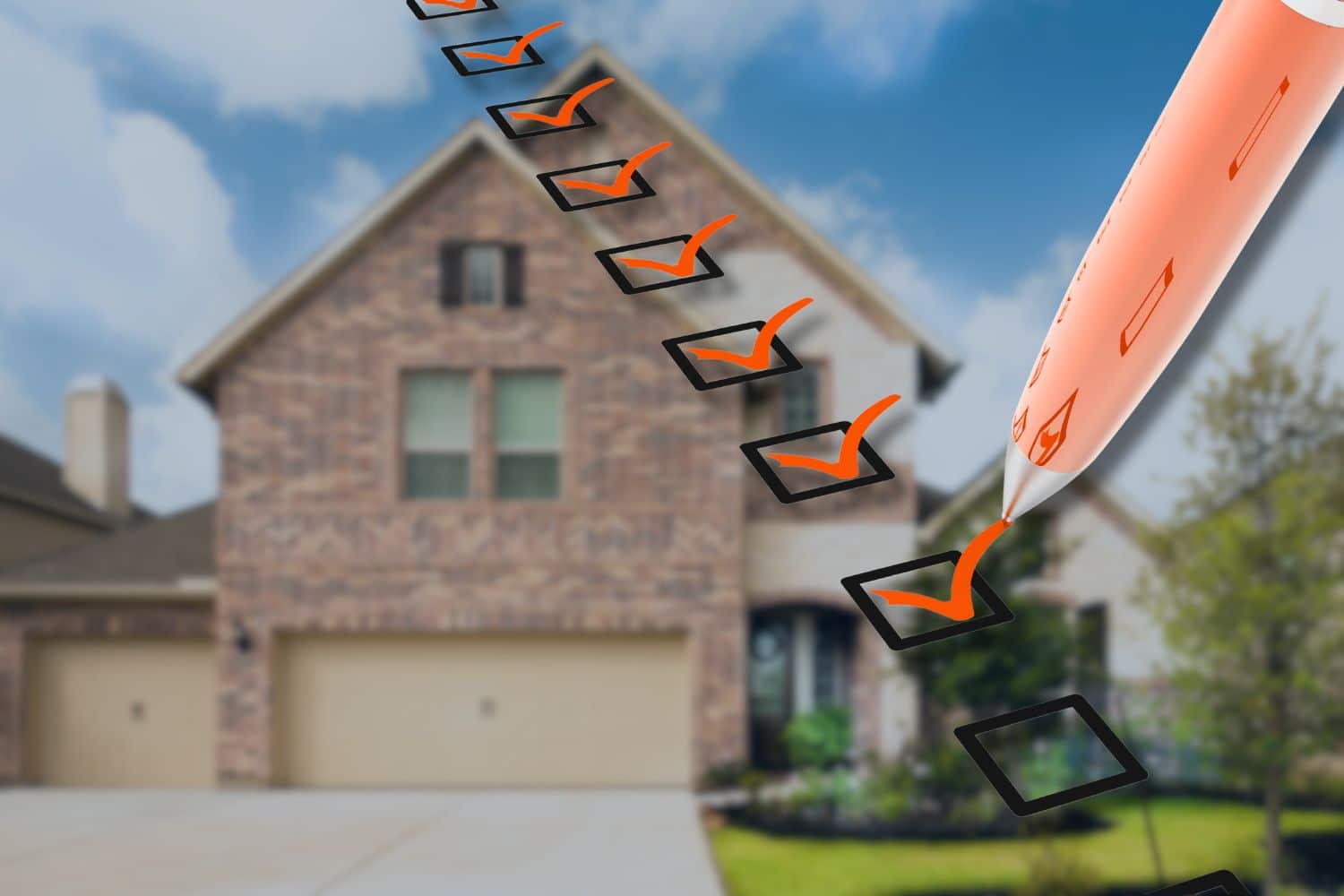If you own a pool in Central Texas, you know how important regular upkeep is, especially when it comes to water chemistry. The pH level of your pool water might not be something you think about every day, but when it gets too high, you’ll feel it in your skin, in your filter, and in your wallet.
Learning how to lower pH in your pool is one of the most basic but important tasks in routine pool maintenance. It affects everything from swimmer comfort to equipment longevity.
Here’s what homeowners need to know about when, why, and how to bring that number back in line.
Table of Contents
ToggleWhat Is pH and Why Does It Matter?
The pH scale measures how acidic or basic your pool water is, on a scale of 0 to 14. A perfect pH for pool water is between 7.2 and 7.6, slightly on the basic side of neutral. Once your pool water rises above 7.8, it’s officially considered “high pH,” and problems can start to show up.
Why high pH is a problem:
- Irritated skin and eyes
- Cloudy water that looks dirty even when it’s clean
- Reduced chlorine effectiveness, which can lead to algae growth
- Scale buildup on pool surfaces and inside pumps and filters
Even if you don’t notice it right away, high pH quietly wears down your pool system and increases maintenance costs. In Central Texas, with intense sun and dry, hot weather, it doesn’t take long for chemistry to shift.

What Causes pH to Go Too High?
There are several common causes of high pH in backyard pools, especially in this region:
- Heavy use of pool shock or chlorine products, many of which are alkaline
- Evaporation and water replacement, which can introduce high-pH tap water
- Infrequent testing, which allows small issues to become big ones
- Weather events like wind and rain that bring in organic debris
The good news is that once you know your pH is high, it’s usually easy to fix. With regular checks, you can also prevent it from becoming a recurring problem.
The best time to act is as soon as your pH level rises above 7.8. You don’t need to panic at 7.7, but once it climbs higher, you’re risking damage to your pool system and reducing swimmer comfort.
Common signs your pH is too high:
- Your eyes sting when swimming
- The water looks cloudy, no matter how often you clean
- Your chlorine levels seem fine, but algae keeps coming back
- You see scaling on tiles or along the waterline
- Your skin feels dry or irritated after swimming
If you notice one or more of these symptoms, it’s time to test and adjust your pH.
How to Lower pH in Your Pool (Step-by-Step)
Here’s a simple, no-fuss process for getting your pH level back where it should be:
1. Test your pool water
Use a reliable at-home testing kit or test strips. You can also take a sample to your local pool supply store for a professional read.
2. Choose your acid
To lower pH, most pool owners use muriatic acid or dry acid (sodium bisulfate). Both are effective, but muriatic acid is stronger and requires more caution during use.
3. Follow the instructions carefully
Every product is different. Check the label for exact dosing based on your pool size and current pH level.
4. Add acid slowly
With the pump running, pour the acid into the deep end of the pool or in front of a return jet. Move slowly to avoid splash-back.
5. Wait and retest
Let the system circulate for at least 4 hours, then test again. Don’t add more acid until you’re sure the pH is still too high.
6. Repeat if needed
Sometimes it takes two rounds to bring your levels down, especially if they’ve been high for a while. Adjust gradually to avoid overcorrecting.
What Inspectors Check for Around the Pool
As inspectors serving Central Texas, we’ve seen plenty of pool-related wear and tear that traces back to poor water balance. High pH might seem like a minor detail, but over time, it can cause:
- Scale buildup in pumps and heaters
- Filter damage from mineral deposits
- Surface etching or cracking
- Cloudy water that affects inspection visibility
If you’re buying or selling a home with a pool, it’s especially important to document maintenance and show that chemistry has been managed properly. A pool with clean water and well-maintained equipment signals care. A pool with cloudy water and scaling raises red flags.

Other Maintenance Tips
Keeping your pH level balanced is just one part of a healthy pool system. While you’re checking it, take time to:
- Skim and brush the pool at least twice a week
- Check and clean filters every few weeks
- Maintain chlorine at 1–3 ppm
- Keep total alkalinity between 80–120 ppm
- Shock the pool as needed, especially after big storms or heavy use
- Schedule a professional pool inspection annually
Heat, dust, and drought conditions in Central Texas can change your water chemistry faster than expected. Regular testing and small adjustments are your best defense.
When to Call a Pro
If your pool pH stays high even after treatment, or if you notice signs of equipment strain, it may be time to bring in a pool professional or inspector.
At Centex Inspection Services, we’ve inspected countless homes and pools across Central Texas. We know how quickly pool issues can impact property value. We also know how easy they are to miss without the right testing and maintenance.
Whether you’re buying a home with a pool, preparing to sell, or just want peace of mind, our team can help identify issues early and recommend the best next steps.
Conclusion
Lowering the pH in your pool isn’t hard, but it’s one of the most important parts of keeping your water safe, clear, and easy on your equipment. A quick check every week can prevent long-term damage and help you avoid costly repairs.
If you’re not sure where your pool stands or want a professional eye on your system, Centex Inspection Services is here to help. We serve homeowners across Central Texas with thorough inspections and honest insight, so you can swim easy.




